Abductors
This group of muscles are responsible for hip abduction (moving the leg away from the midline of the body).
They also help with rotation of the leg at the hip joint and are necessary for being able to remain stable when walking or standing on one leg. In many people, these muscles tend to be weak which leads to walking and posture issues.
Other muscles included in the abduction movement are the sartorius, piriformis, glute maximus and the ITB.
When these muscles are weak, it can lead to injuries such as Achilles’ tendinopathy, patellofemoral pain syndrome or runner’s knee, IT band syndrome, hamstring tendinopathy or plantar fasciitis.
Strength training can work well to reduce pain and strong muscles and tissues can protect against injury.
If you are injured then strength training will help heal you.
Adductors
An adductor muscle is any of the muscles that draws /pulls a part of your body towards the median line or towards the axis of an extremity. (You have adductor muscles in your thumb and big toe!)
The three powerful muscles in our thighs that make up the adductor group are the adductor longus, adductor brevis and the adductor magnus. They are ribbon like and are attached along the femur. Their primary action is adduction of the thigh, like squeezing your thighs together and they also help in the rotation and flexion of the hip.
The pectineus and gracilis, are also part of the adductor group of muscles.
If you experience “groin pull/strain” it will usually be one of these muscles that is causing it.
Other ailments related to imbalanced adductors include arthritis (ankle, knee, hip), plantar fasciitis, ankle sprain, chondromalacia (damage to the cartilage in the knee), IT band strain, piriformis syndrome, sciatica, and low back pain.
